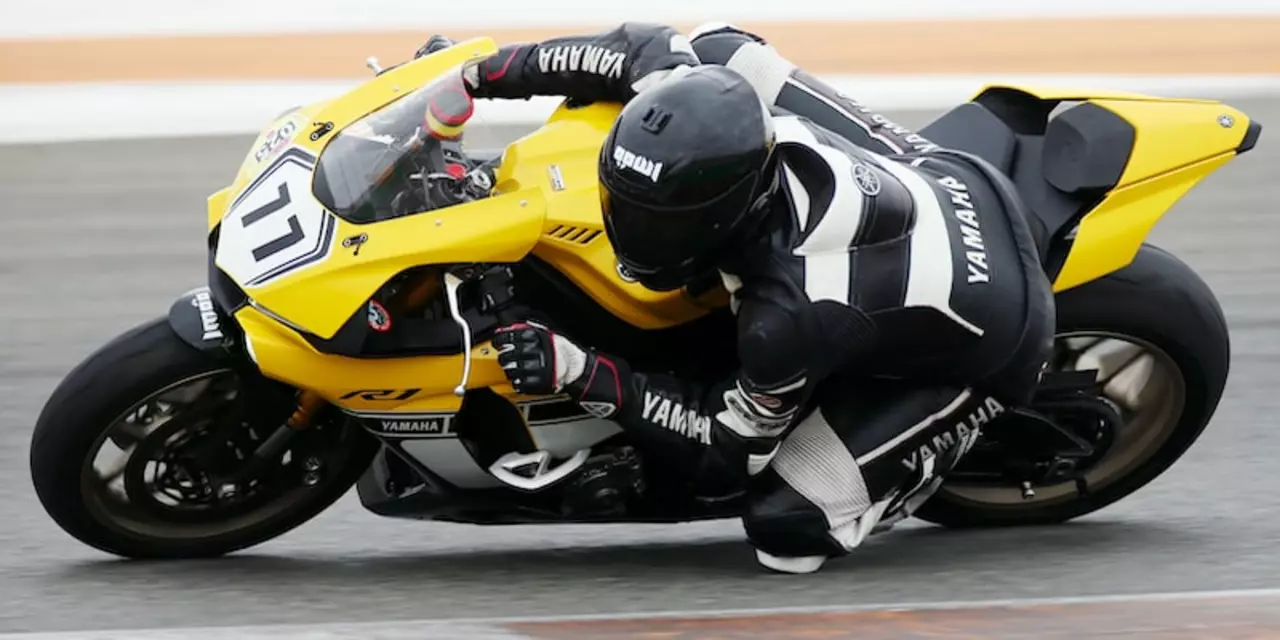Racing Circuits Explained – What Every Driver Should Know
If you’ve ever watched a Grand Prix or tried a local club race, you know the track layout can make or break a lap. Knowing the basics of a circuit helps you set up the car, plan overtakes, and stay safe. Below we break down the key parts of any race track, give you quick tips for different types of circuits, and show how to use that knowledge on the track.
How Circuits Are Built – The Main Elements
Most circuits share a few common elements: straights, corners, chicanes, and pit lanes. Straights are where you reach top speed, so gear ratios and engine power matter most. Corners come in different shapes – hairpins, sweepers, and medium‑speed bends – each demanding a specific braking point and line. Chicanes force you to slow down quickly and test your car’s balance. Finally, the pit lane is where you refuel, change tires, or fix issues, and a smooth entry can save precious seconds.
When you look at a circuit map, start by spotting the longest straight. That’s where you’ll get the most speed, so set a low‑downforce aero package if the track allows. Next, locate the tightest hairpin – that’s your braking zone. A good brake‑bias and a clean entry line will let you carry more speed out of the corner.
Practical Tips for Different Types of Circuits
High‑speed tracks like Monza have lots of long straights and fast sweepers. Focus on low drag and strong rear‑end stability. Use a higher gear ratio so you don’t hit the rev limiter early, and keep the steering steady to avoid unsettling the car.
Technical tracks such as Monaco are packed with tight corners and short straights. Here, high downforce and good traction win the day. Brake early, turn in smooth, and look for the apex to maximize exit speed. Lightening the car can also help you change direction quickly.
Mixed‑layout circuits like Silverstone blend fast and slow sections. Set a balanced aero package, and practice shifting gears smoothly at each braking point. Pay attention to tire wear – the fast sections heat the tires, while the slower parts scrub them clean.
One quick habit that works on any circuit is to drive a lap at a comfortable pace, note each braking point, then gradually push a little harder each lap. This helps you find the ideal line without crashing.
Remember, a circuit isn’t just a line on a map – it’s a series of challenges that test your car and your skill. By learning the layout, adjusting your setup, and practicing the right lines, you’ll shave seconds off every lap. So next time you step onto the track, take a minute to study the circuit, plan your approach, and enjoy the ride.

Why aren't racing circuits copied in other parts of the world?
Racing circuits are unique, complex, and expensive to build and maintain, so it's no surprise that they are rarely replicated in other parts of the world. Racing circuits require large amounts of land, dedicated infrastructure, and expert personnel, making them extremely difficult to duplicate. Additionally, the costs associated with building and maintaining a racing circuit are generally too high for most countries to bear. Furthermore, the lack of a local racing culture in many countries can make it difficult to convince investors to pour money into such a project. As a result, replicated racing circuits are few and far between.
- Sports (5)
- Entertainment (4)
- Sports & Recreation (3)
- Motorsport (2)
- Automotive Racing (1)
- Free Computer Games (1)
- Drag Racing Tips and Strategies (1)
- Biography Websites (1)
- Gaming and Racing Simulation (1)
- Automotive & Racing (1)
-
Hilaria Baldwin & Gleb Savchenko Eliminated on Disney Night as 40M Votes Surge
8 Oct 2025 -
What are the best free computer games?
28 Feb 2023 -
How much does a race car weigh?
26 Jul 2023 -
Tim Gaffner?
16 Feb 2023 -
DeRozan’s Perfect Free Throws Lift Kings Past Collapsing Timberwolves 117-112 in OT
26 Nov 2025
14.03.23
Caden Lockhart
0